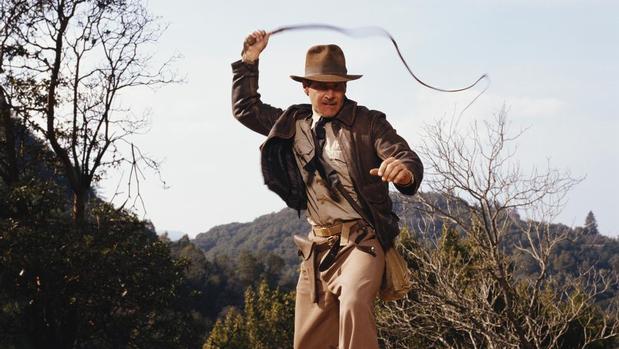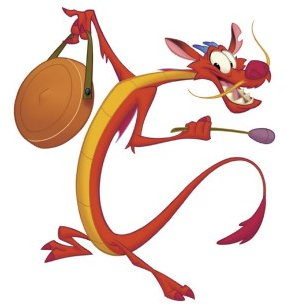 |
| "I just wanted to get out of Barcelona and buy a house in Japan, but everyone keeps directing me to these umbrella shops!" |
A blog dedicated to my experience learning Japanese. Here's a link to the other site: http://ndelem1516.blogspot.jp/
Tuesday, January 27, 2015
Multi-Lingual Punchline
Monday, January 26, 2015
Hira-goner
Top 10 lists seem to be an internet hit, so here's a top 7.
It's been a couple weeks since I've started memorizing ひらがな. Memorization isn't my strong suit, so lately it's been a kind of struggle. Some characters decide to stick immediately into memory, while some are perpetually lost, lounging forever in the cranial waiting room that all incoming information goes before being permanently committed to memory. To commemorate this fact, the following is a top list of my most confusing ひらがな!
1. た, に
ta and ni. I understand that た is ta principally because I learned it first. I can't seem to think of a good mnemonic for ni. Personally I think that it's just because I can't seem to nail ni down. Remember Kony 2012? こに. Koni. こ is in に. こに 2012! I never thought I'd say this, but thank goodness for Kony 2012.
2. わ, ね, れ
wa, ne, and re. Whoever thought up these had to be thinking deviously. These all appear in the last few sets of ひらがな, so like, after you've memorized everything. The closest thing to a mnemonic is that the curly tip at the bottom right corners of each character look almost like a whip. If you go all Indiana Jones on these ひらがな, it's almost as if Indy is going wa! to show off his whip. Wow! Wa! わ! "You'll never catch me! Never!" Indy exclaims as he curls up his whip. "ねver!" He snaps the whip, and coincidentally you whip your tongue forward to make the re sound in the same manner that the whip moves. れ! In fact, the tail end of れ looks like the whip itself:
I think that's enough of me for a while...
3. る, ろ
ru and ro. Okay, so here's how I've worked this one out: ro is the one without an "o" on its tail (ろ), and ru is the one with an "o" on its tail (る). I don't even know how I came up with this.
4. ま, よ, は, ほ
ma, yo, ha, and ho. So if you take ほ and turn it sideways, what does it look like? HO. And what do you get when ほ loses its hat? は. Surely that made you chuckle. Ha ha は. Unfortunately I haven't got any good one for ma and yo. I just sort of included them because they looked fairly similar.
5. す, む
su and mu. They've both got the circle-ish thing in the middle of them. They both end in -u. む looks like Mushu, which is close enough to musu? むす...
6. ら, ち,さ
ra, chi and sa. So I pulled in ra because it looked a lot like chi, but the real fun starts with chi and sa. Granted, the handwritten form of さ is, in fact, not a mirror of ち. Trying to memorize using typed flashcards from the Internet did, however, take a while to get used to with regard to these two characters.
7. ぬ, め
nu, and me. The combination of these being in the last set and looking so similar is quite an unforgivable one. I suppose ぬ has the loop in the corner there, and the shape of your mouth is an "o," hence, nu. Me just... doesn't... have the loop.
I hoped you enjoyed this list. Do you find certain characters confusing? We haven't started to memorize glides, long vowels, and katakana yet. Happy ひらがなing!
It's been a couple weeks since I've started memorizing ひらがな. Memorization isn't my strong suit, so lately it's been a kind of struggle. Some characters decide to stick immediately into memory, while some are perpetually lost, lounging forever in the cranial waiting room that all incoming information goes before being permanently committed to memory. To commemorate this fact, the following is a top list of my most confusing ひらがな!
1. た, に
ta and ni. I understand that た is ta principally because I learned it first. I can't seem to think of a good mnemonic for ni. Personally I think that it's just because I can't seem to nail ni down. Remember Kony 2012? こに. Koni. こ is in に. こに 2012! I never thought I'd say this, but thank goodness for Kony 2012.
2. わ, ね, れ
wa, ne, and re. Whoever thought up these had to be thinking deviously. These all appear in the last few sets of ひらがな, so like, after you've memorized everything. The closest thing to a mnemonic is that the curly tip at the bottom right corners of each character look almost like a whip. If you go all Indiana Jones on these ひらがな, it's almost as if Indy is going wa! to show off his whip. Wow! Wa! わ! "You'll never catch me! Never!" Indy exclaims as he curls up his whip. "ねver!" He snaps the whip, and coincidentally you whip your tongue forward to make the re sound in the same manner that the whip moves. れ! In fact, the tail end of れ looks like the whip itself:
 |
| わ! インディ・ジョーンズ シリーズ! |
3. る, ろ
ru and ro. Okay, so here's how I've worked this one out: ro is the one without an "o" on its tail (ろ), and ru is the one with an "o" on its tail (る). I don't even know how I came up with this.
4. ま, よ, は, ほ
ma, yo, ha, and ho. So if you take ほ and turn it sideways, what does it look like? HO. And what do you get when ほ loses its hat? は. Surely that made you chuckle. Ha ha は. Unfortunately I haven't got any good one for ma and yo. I just sort of included them because they looked fairly similar.
5. す, む
su and mu. They've both got the circle-ish thing in the middle of them. They both end in -u. む looks like Mushu, which is close enough to musu? むす...
 |
| む: "I'm confused too--but I ain't even Japanese." |
ra, chi and sa. So I pulled in ra because it looked a lot like chi, but the real fun starts with chi and sa. Granted, the handwritten form of さ is, in fact, not a mirror of ち. Trying to memorize using typed flashcards from the Internet did, however, take a while to get used to with regard to these two characters.
7. ぬ, め
nu, and me. The combination of these being in the last set and looking so similar is quite an unforgivable one. I suppose ぬ has the loop in the corner there, and the shape of your mouth is an "o," hence, nu. Me just... doesn't... have the loop.
I hoped you enjoyed this list. Do you find certain characters confusing? We haven't started to memorize glides, long vowels, and katakana yet. Happy ひらがなing!
Saturday, January 17, 2015
Japanese Blog 1
Hello world! This is my first Japanese blog post. A big reason I chose to learn Japanese is the prevalence of Japanese art; anime is popular here among my friends, and being able to understand dialogue without subtitles is a great bragging right. Woodcut printing is another thing I thoroughly enjoy. A prime example of this style of art is the "Great Wave off Kanagawa:"
The process for woodblock printing is demonstrated by a guy who lives outside of Tokyo.
I hope that by learning Japanese I will become more acquainted with its many art forms. Hopefully in a week or two, more of this blog will actually be in Japanese.
じゃまた!
I hope that by learning Japanese I will become more acquainted with its many art forms. Hopefully in a week or two, more of this blog will actually be in Japanese.
じゃまた!
Subscribe to:
Posts (Atom)
